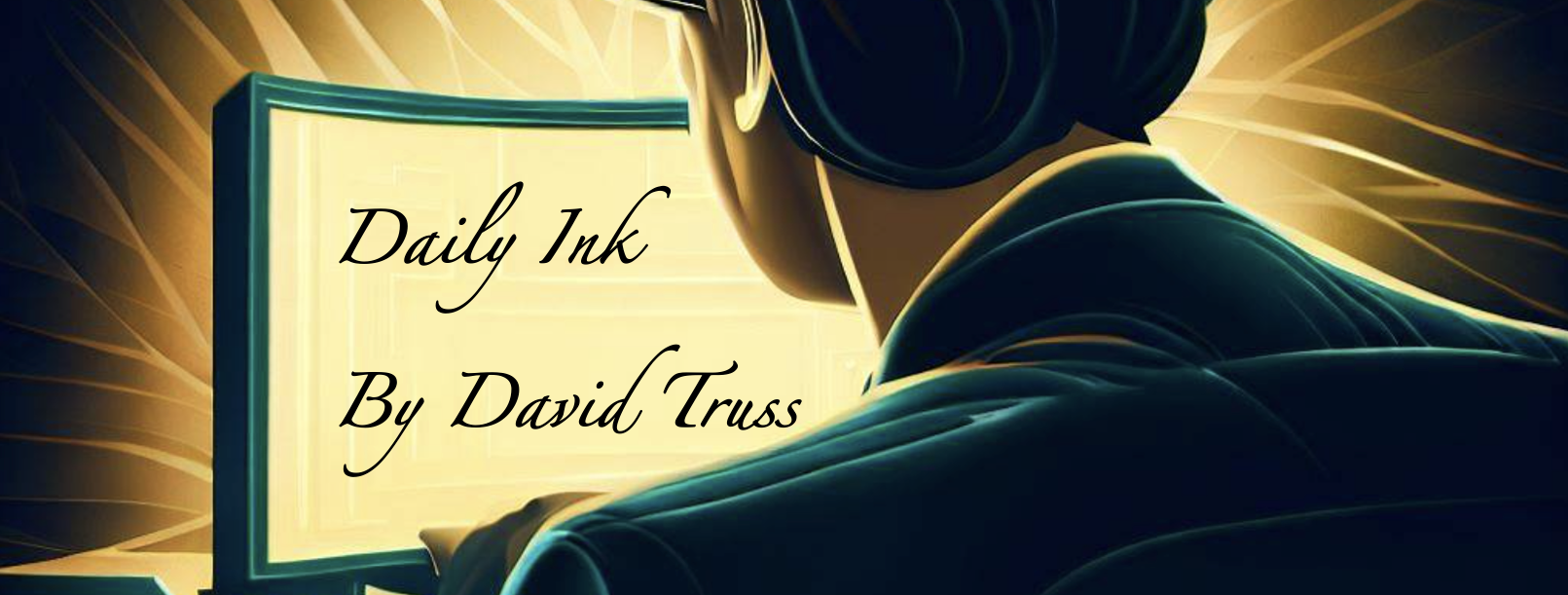“Technology is a way of organizing the universe so that man doesn’t have to experience it” ~ Max Frisch
One of my favourite presentations I’ve ever created was back in 2008 for Alan November’s BLC – ‘Building Leadership Capacity’ conference. It was called: The Rant, I Can’t, The Elephant and the Ant, and it was about embracing new technology, specifically smartphones in schools.
The rant was about how every new technology is going to undermine education in a negative way, starting with the ball point pen.
I can’t was about the frustrations educators have with learning to use new tools.
The elephant was the smartphone, it was this incredibly powerful new tool that was in the room. You can’t ignore an elephant in the room.
The Ant was a metaphor for networking and learning from others… using a learning community to help you with the transformation of your classroom.
I ended this with a music slideshow that I later converted to video called, Brave New World Wide Web. This went a bit viral on BlipTV, a now defunct rival of YouTube.
The next year I presented at the conference again and my favourite of my two presentations was, The POD’s are Coming, about Personally Owned Devices… essentially laptops and tablets being brought into schools by students. These may be ubiquitous now, but it was still pretty novel in 2009.
These two presentations and video give a pretty strong message around embracing new technology in schools. So my next message about embracing AI tools like Chat GPT in schools is going to come across fairly negatively:
It’s going to be a bumpy and messy ride.
There is not going to be any easy transition. It’s not just about embracing a new technology, it’s about managing the disruption… And it’s not going to be managed well. I already had an issue in my school where a teacher used Chat GPT to verify if AI wrote an assignment for students. However Chat GPT is not a good AI checker and it turned out to be wrong for a few students who insisted they wrote the work themselves, and several AI detectors agreed. But this was only checked after the students were accused of cheating. Messy.
Some teachers are now expecting students to write in-class essays with paper and pen to avoid students using AI tools. These are kids that have been using a laptop since elementary school. Messy.
Students are using prompts in Chat GPT that instruct the AI to write with language complexity based on their age. Or, they are putting AI written work into free paraphrasing tools that fool the AI detectors. Messy.
Teacher’s favourite assignments that usually get students to really stretch their skills are now done much faster and almost as good with AI tools. And even very bright students are using these tools frequently. While prompt generation is a good skill to have, AI takes the effort and the depth of understanding away from the learners. Messy.
That final point is the messiest. For many thoughtful and thought provoking assignments, AI can now decrease the effort to asking AI the right prompt. And while the answer may be far from perfect, AI will provide an answer that simplifies the response for the the learner. It will dumb down the question, or produce a response that makes the question easier.
Ai is not necessarily a problem solver, it’s a problem simplifier. But that reduces the critical thinking needed. It waters down the complexity of work required. It transforms the learning process into something easier, and less directly thoughtful. Everything is messier except the problem the teacher has created, which is just much simpler to complete.
Learning should be messy, but instead what’s getting messy is the ability to pose problems that inspire learning. Students need to experience the struggle of messy questions instead of seeking an intelligent agent to mess up the learning opportunities.
Just like any other tool, there are places to use AI in education and places to avoid using the tool. The challenge ahead is creating learning opportunities where it is obvious when the tool is and isn’t used. It’s having the tool in your tool box, but not using it for every job… and getting students to do the same.
And so no matter how I look at this, the path ahead is very messy.















